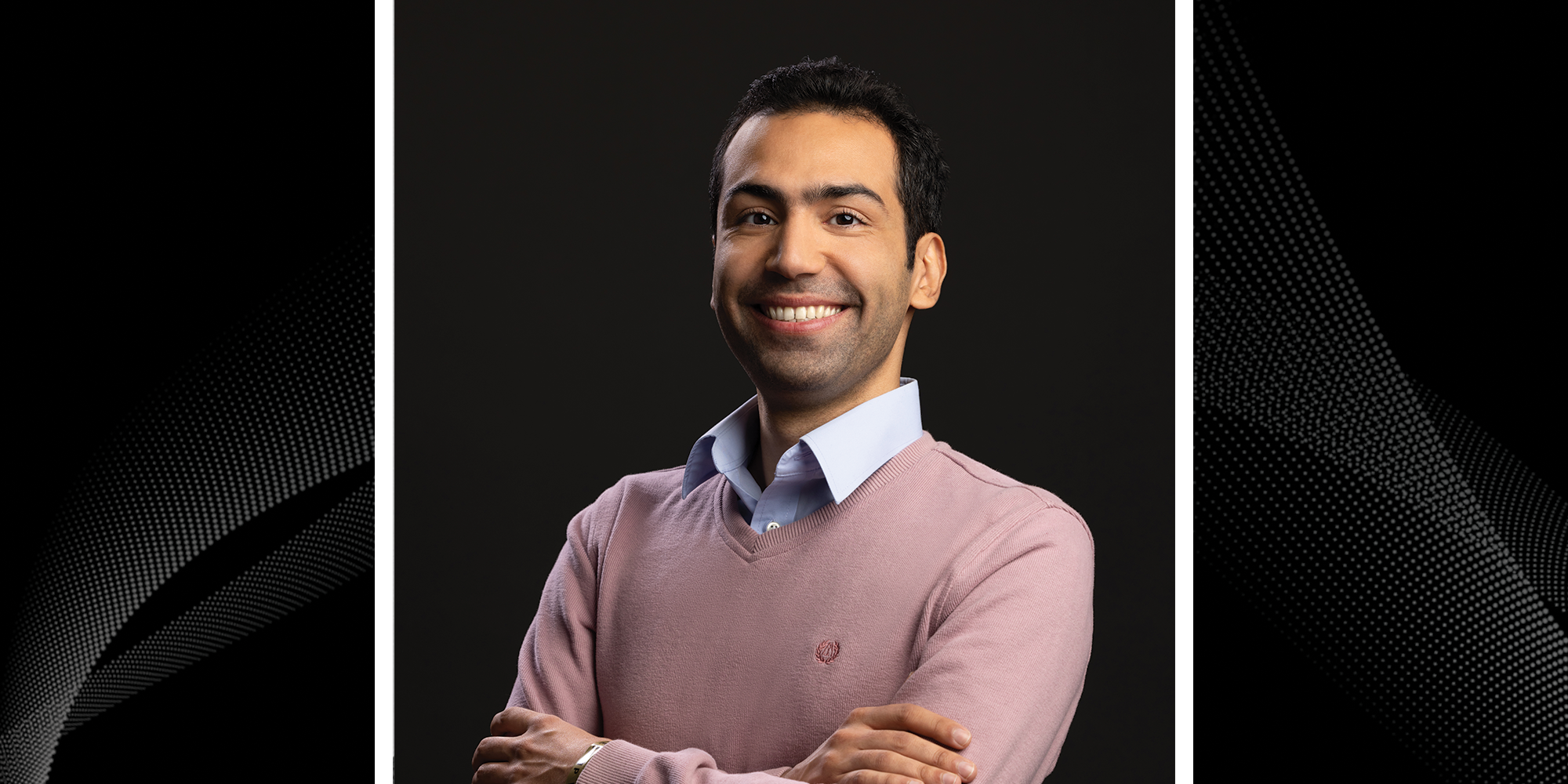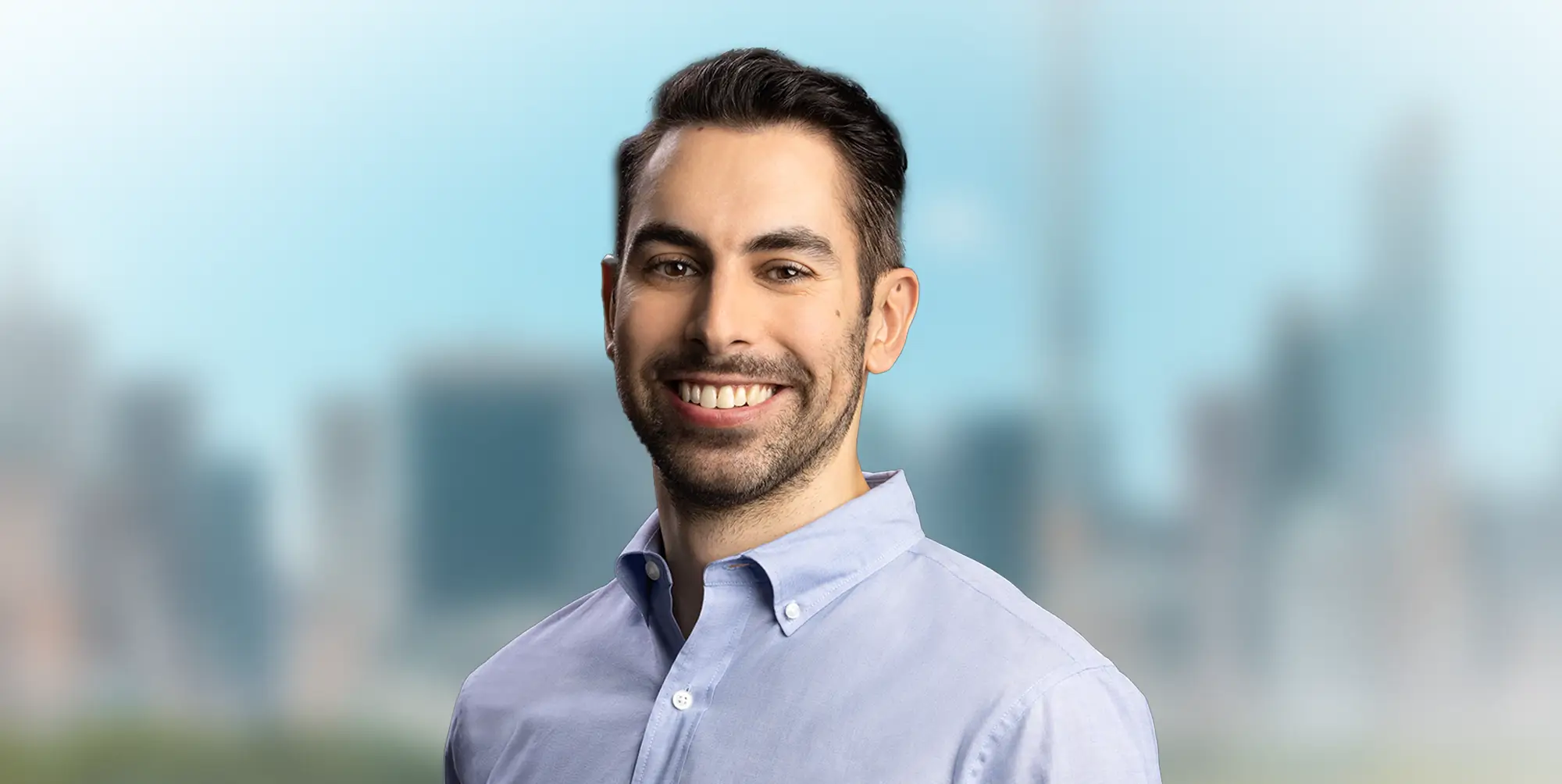Transformation Series: Mahdi Sadjadi

By Mahdi Sadjadi, Principal Data Scientist
I don’t know how many kids answer “what do you want to be when you grow up?” by saying “archaeologist”, but I was one of them! I don’t really know why, but uncovering forgotten objects and discovering historic artifacts seemed (and still is) exhilarating to me. I really wanted to dig things out of the ground until the first day of high school changed everything. I realized I dig physics more. I had a wonderful teacher who showed me the joy of describing how a ball rolls down a slope or how a ray of light travels through a lens. The world as I knew it could be described by math and a set of simple laws. And none of it was underground; just in plain sight waiting to be explored and discovered.
I was born and raised in Iran and spent most of my childhood either doing homework or playing soccer. But after that day in high school, I knew my future trajectory: studying physics. So, I studied physics in college, then did a master’s in astrophysics studying Einstein’s general relativity, and then spent a year translating physics books to Persian. But my journey with physics was not finished yet and I came to the US for a Ph.D. in physics.
Initially, I wanted to continue my work on astrophysics but through a chain of events, my dissertation became about glasses. As it turned out we’ve known how to melt sand into a glass for some centuries but that does not mean we understand it at a fundamental level. It was an exciting time to work on glasses because only recently a few groups had managed to directly image a thin layer of glass (imagine three-atom thick) under a microscope. I specifically studied the structure of glass: atoms in a crystal are sitting in a very ordered manner, but in glasses, they have less of an ordered structure and this gives them some interesting properties.
In early 2016 I was starting to think about my future in academia versus the industry. The academic job market is intense and I was looking for something that is faster-paced and more collaborative but not too far from the sciences. A colleague of mine was off to a data science summer school around that time and I started reading about data science and did some personal projects to get a feel for it. I genuinely enjoyed it as it was aligned with my skills and interest.
I spent the rest of my graduate school finishing my degree and learning more about data science. One day as I was surfing LinkedIn (as one does) and saw a post from a friend that his workplace was hiring. We spoke on the phone and he had only positive things to say about the culture and the company. Two weeks later and after a couple of interviews, I started working at VideoAmp. The decision was easy to make. During the interviews, I realized that VideoAmp has the right team and strategy to win. I was impressed with everyone I met during my interviews. I remember telling myself: this is a place I can learn and make an impact.
I was not wrong. My time at VideoAmp has been concurrent with our organizational growth (since I joined, our team has grown from ~5 to ~15 data scientists and the company has quadrupled in terms of employees) and I have learned a great deal of knowledge about advertising, teamwork, product development, and problem-solving.
What we don’t have at VideoAmp is a lack of interesting and challenging problems. I have been lucky enough to work on many diverse problems from identity resolutions to audiences, from skew-correction to incrementality and every single time it’s amazing to witness how sales, product, engineering, and data science come together to create a valuable product for our customers. Most recently, we launched Lift Measurement as a platform capability, it was a huge testament to how we all figure things out together. And that’s the best part about working at VideoAmp – knowing that I’m surrounded and supported by people who genuinely care about their work and each other on a daily basis.
